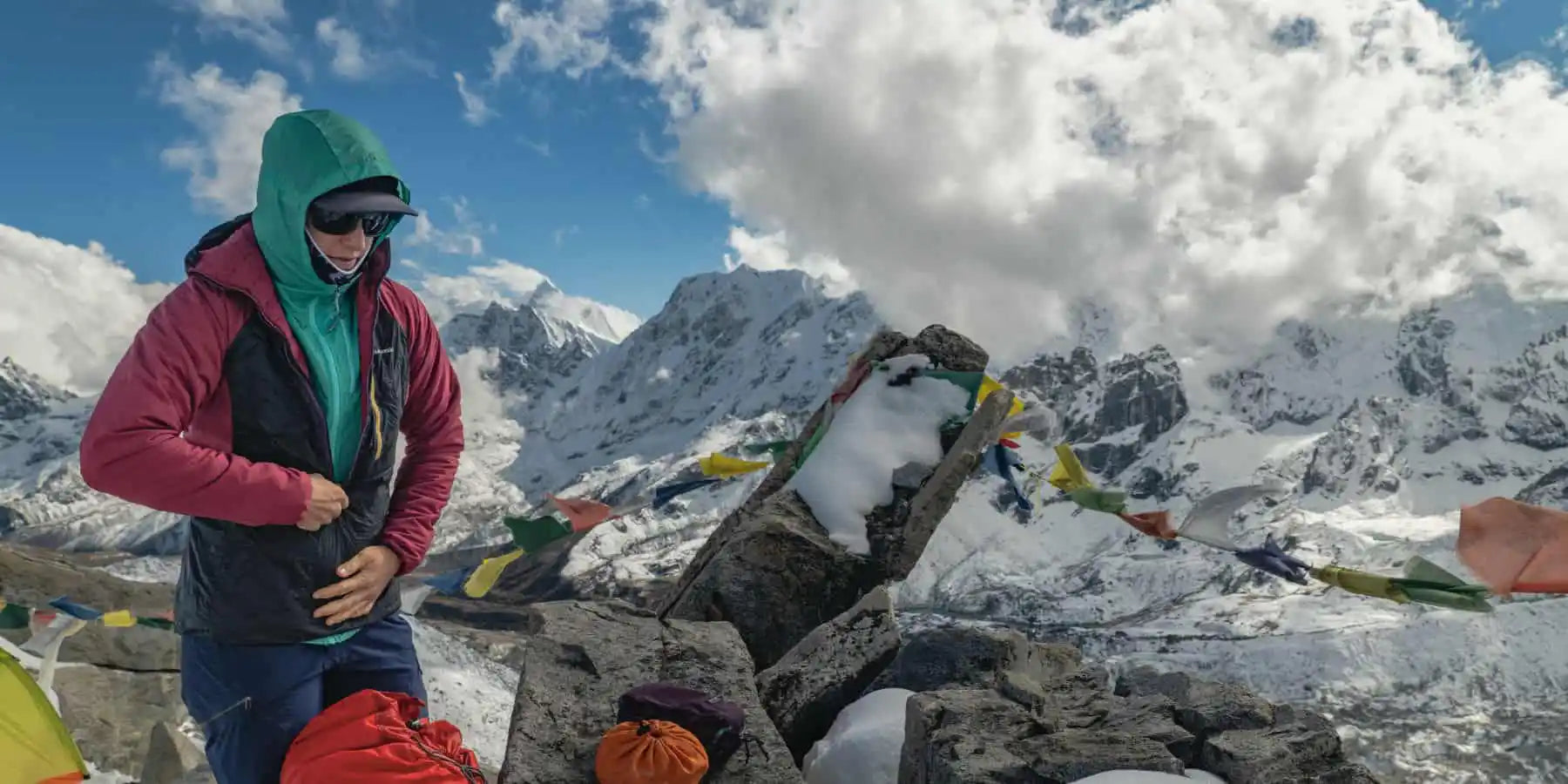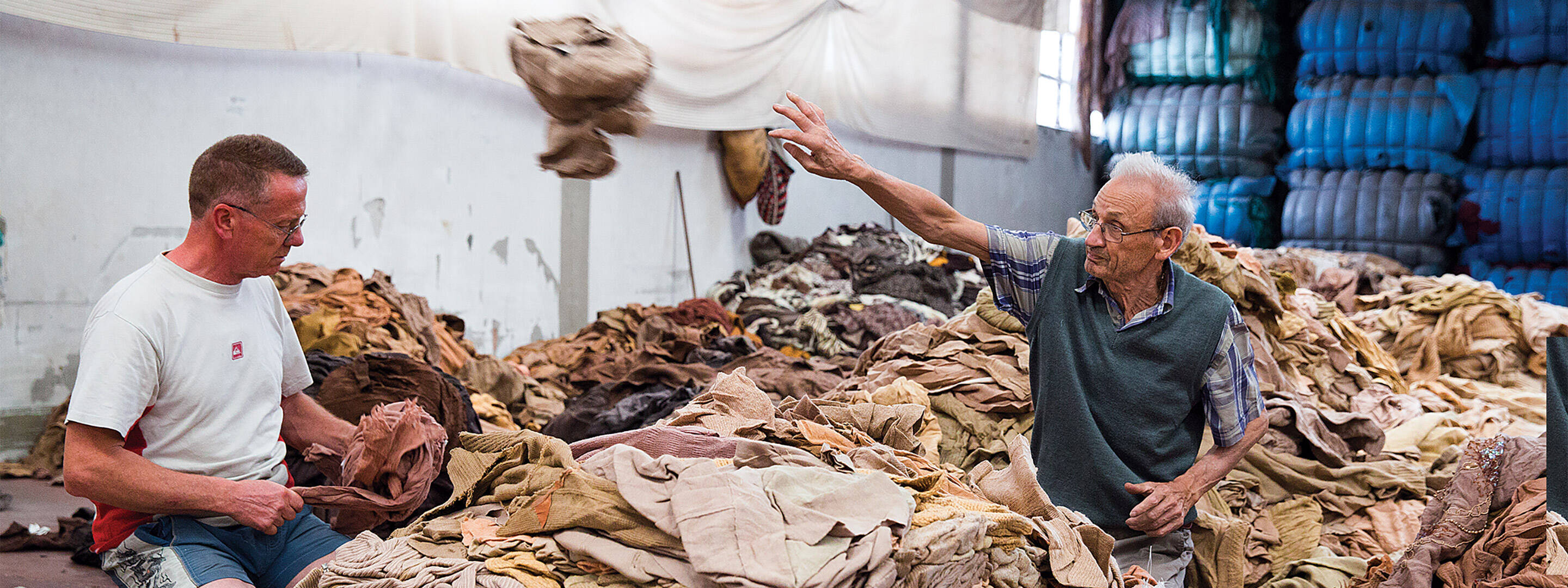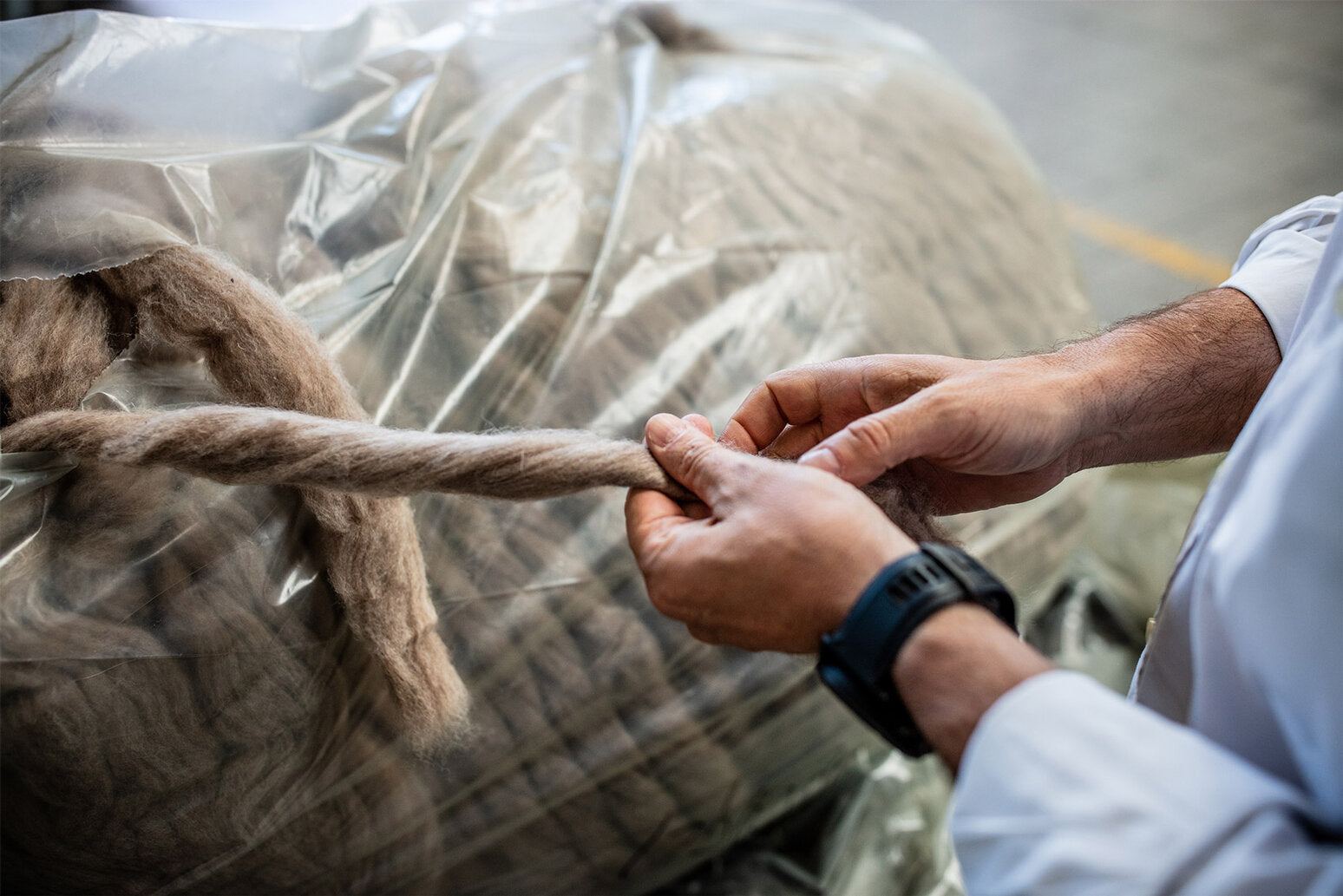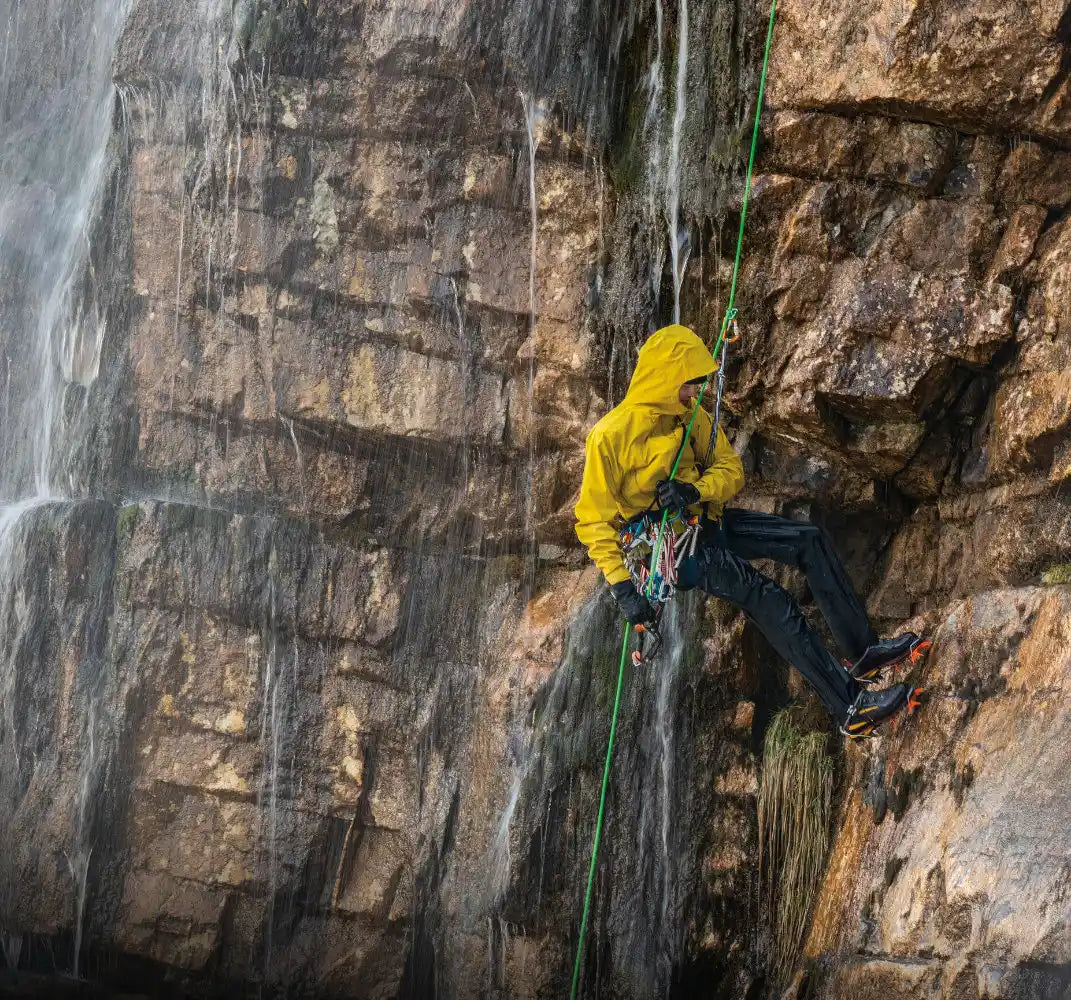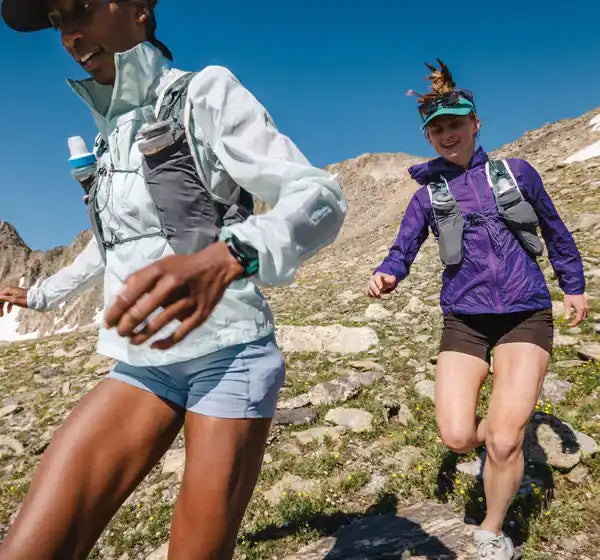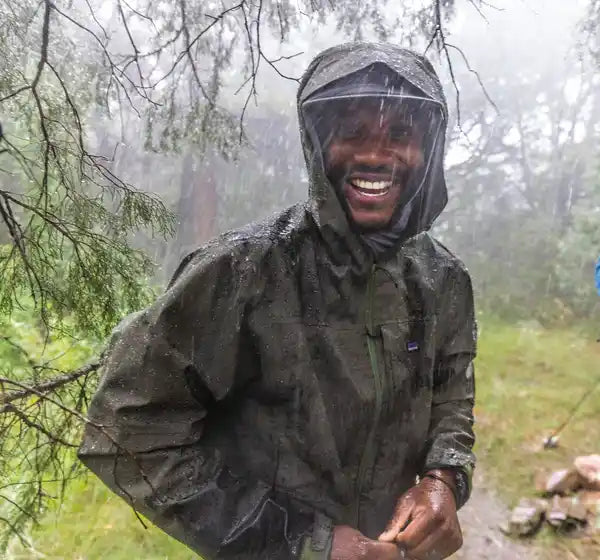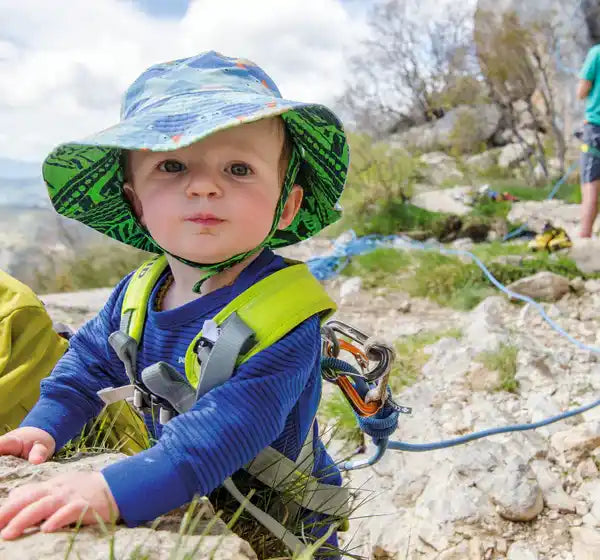Wool
Why?
Wool is a long-lasting, breathable insulator, is naturally absorbent and resists odors. Because of these unique performance attributes, it has a long history as a preferred choice for use in outdoor clothing.
Producing wool, however, is resource-intensive. It requires vast amounts of land for grazing sheep, water to clean the fiber, chemicals to treat the wool, and dyes to color the finished product. Patagonia uses virgin wool sourced under the strict guidelines of the Responsible Wool Standard (RWS), but more and more they have been sourcing recycled wool to extend the life of fiber that has already been produced. As a result, they can make clothing with the same great qualities as virgin wool at a fraction of the environmental cost.
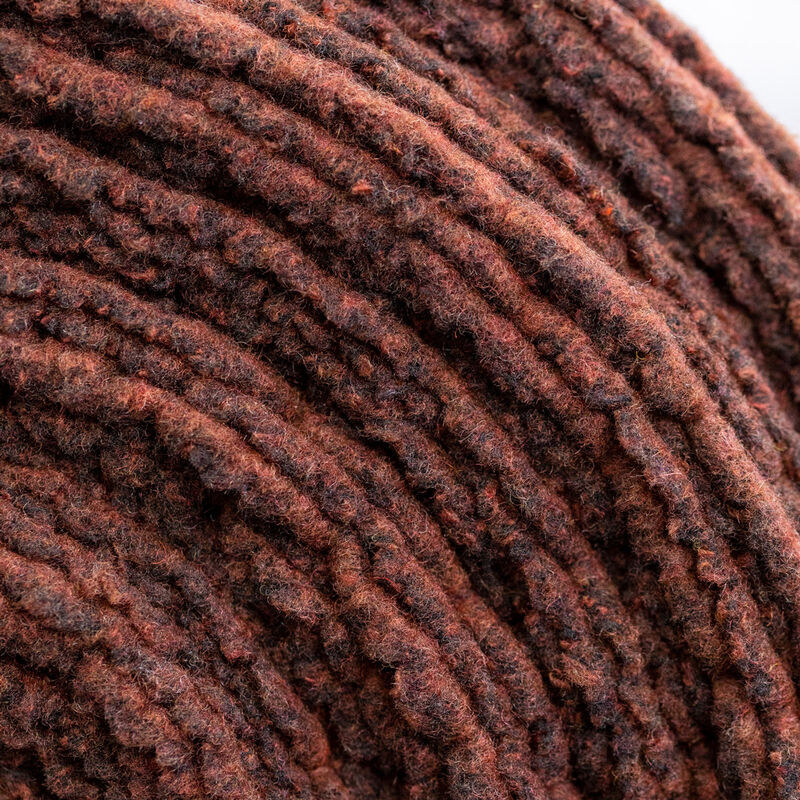
When virgin wool is critical for performance, Patagonia sources theirs under the strict guidelines of the Responsible Wool Standard. In many other products, they’re able to use recycled wool to make clothing that has the same performance qualities as virgin wool, but with a lower environmental footprint.
When virgin wool is critical for performance, Patagonia sources theirs under the strict guidelines of the Responsible Wool Standard. In many other products, they’re able to use recycled wool to make clothing that has the same performance qualities as virgin wool, but with a lower environmental footprint.

94%
The percentage of CO₂e emissions reduction per kilogram of fiber we save by using recycled wool instead of virgin wool, based on the Higg Materials Sustainability Index, version 3.6.
Where We Are
All virgin wool used in Patagonia products is sourced under the careful guidelines of the RWS, and the entire supply chain that processes the wool has strict chain-of-custody practices in place to ensure the wool in our products was grown on farms that meet the highest standards for animal welfare and land management in the industry.
Over the years, they’ve used more and more recycled wool, but since recycled wool yarn blends are not as fine as virgin wool yarns, that limits the types of products they can offer. They get their recycled wool from both post-industrial sources, such as factory scraps, and postconsumer sources, such as returned garments. After their supply chain partners collect the wool, they sort it by color and mechanically shred the fibers so they can be re-spun into new yarn. Most of Patagonia's recycled wool is blended with recycled polyester to increase the strength of the yarn and the durability of the fabric.
When sourcing recycled materials, they ask our supply chain partners to be certified to approved third-party standards, including the Recycled Claim Standard (RCS) and Global Recycled Standard (GRS) certifications. These standards ensure robust chain of custody practices are in place and reduce the risks of unauthorized mixing or swapping of materials. In other words, making sure that recycled wool is, in fact, recycled.
Recycled wool isn’t only in yarn. Patagonia works closely with their supply chain partner to make insulation material from recycled wool and cashmere similar to insulation you’d find in their synthetic insulation jackets. In our Fall 2023 line, they use this warm wool insulation in their Men’s Seldom Traveled Hoody and Women’s Seldom Traveled Jacket.
For the Fall 2023 season, Patagonia's wool products were made with 89% recycled wool by weight, with the remaining products made from virgin wool. That means they've helped keep more than 3.5 million pounds of CO₂e from being emitted into the atmosphere, based on the Higg Materials Sustainability Index, version 3.6.
What’s Next
Patagonia is upholding their commitment to the Responsible Wool Standard program for all virgin wool used in our products. For recycled wool, they’re looking beyond adding it to their fleeces and knits and hope to expand the types of products that can be made with quality material that already exists.

